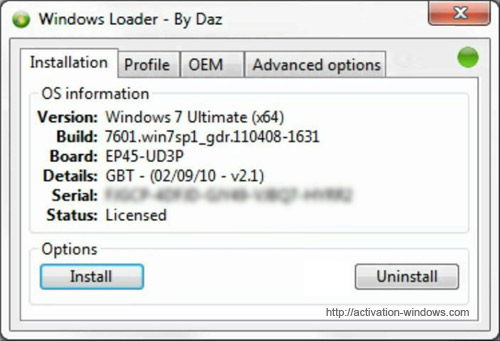


On Windows: Set the correct date, time, year and time zone. On the BIOS: You have set the correct date, time and year.Ģ. Check the date and time settings on Windows computersġ. In the article below, Network Administrator will guide you through several ways to fix this error.ġ. To fix the error you can reset the date and time correctly on the system. The cause of the error may be due to incorrect date and time settings on the system, or other reasons. Windows Activation error 0x80072F8F usually occurs during the user activation Windows 7 or Windows Vista.

Flush your DNS cache just in case and go to. Hopefully, now, DNSSEC Validation through your Windows DNS Server is working correctly. From the DNS Manager, we need to go to the Trust Points folder and Add a DS Key:Ĥ9AAC11D7B6F6446702E54A1607371607A1A41855200FD2CE1CDDE32F24E8FB5 From an elevated command prompt, you can run dnscmd.exe /RetrieveRootTrustAnchors.Īlternatively, you can manually add a DS Key as your trust point. This can be done in two ways: Using dnscmd.exeĬonveniently for us, Microsoft has added a parameter to the dnscmd.exe to automatically retrieve the root trust anchors. This is someone we trust, and who else better to trust than IANA's root anchor? This can be found at. Now that we have configured our DNS Server to validate DNSSEC we need to add a trust point. We can do this by right clicking the DNS Server in the DNS Manager console and going in the advanced tab and selecting " Enable DNSSEC validation for remote responses": First, we need to make sure that our DNS Server is configured to do DNSSEC Validation. DNSSEC was first deployed at the root level on July 15, 2010.įor example, here you can see, visualized, the chain of trust from the root zone to :įortunately, enabling DNSSEC Validation in Windows' DNS Server is fairly easy. The correct DNSKEY record is authenticated via a chain of trust, starting with a set of verified public keys for the DNS root zone which is the trusted third party. All answers from DNSSEC protected zones are digitally signed.ĭNSSEC works by digitally signing records for DNS lookup using public-key cryptography. RFC 3833 documents some of the known threats to the DNS and how DNSSEC responds to those threats. It is a set of extensions to DNS which provide to DNS clients (resolvers) origin authentication of DNS data, authenticated denial of existence, and data integrity, but not availability or confidentiality. The Domain Name System Security Extensions ( DNSSEC) ( RFC 2535) is a suite of Internet Engineering Task Force (IETF) specifications for securing certain kinds of information provided by the Domain Name System (DNS) as used on Internet Protocol (IP) networks. Home Subscribe Enabling Windows' DNS Server to Validate DNSSEC 11th July 2016 on DNS, Networking, Infrastructure, Security, Windows by Christopher Demicoli


 0 kommentar(er)
0 kommentar(er)
